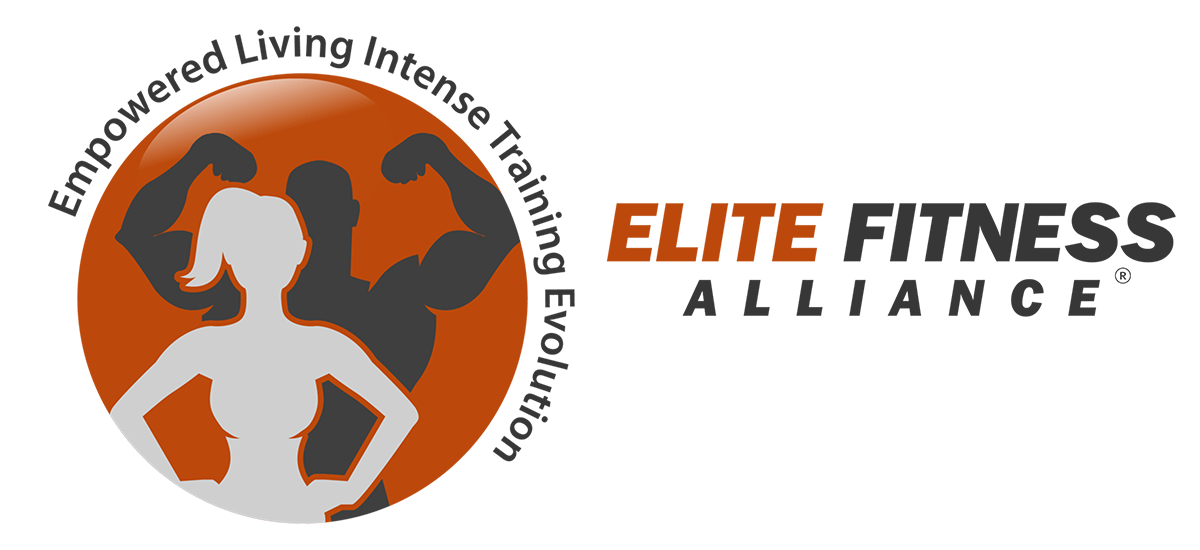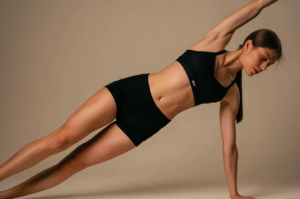Why Core Strength Is More Than Just Abs
Why Core Strength Is More Than Just Abs
When most people think of the “core,” they picture six-pack abs.
But true core strength goes far beyond what you see in the mirror—and it’s one of the most important foundations for posture, balance, injury prevention, and long-term performance.
At ELITE Fitness Alliance, we see this all the time: clients who start training their core the right way notice changes not just in their workouts, but in daily life too—less back pain, better balance, and stronger movement in everything they do.
What the “Core” Really Is
Your core includes more than your abdominal muscles. It’s made up of over 20 muscles that connect your upper and lower body, including:
- Transverse abdominis (your body’s natural weight belt)
- Internal and external obliques
- Erector spinae (low back)
- Pelvic floor and diaphragm
- Glutes and hip flexors
Together, they act like a stabilizing system that supports your spine and transfers power through every movement—from lifting a weight to carrying groceries.
According to the American Council on Exercise (ACE), a strong core improves stability and mobility, protecting your spine and enhancing nearly all functional movements.
(Reference: ACE Core Training Research)
️♀️ Why Core Strength Matters
- When your core is weak, your body compensates—often leading to:
- Low back pain
- Poor posture
- Reduced balance and control
- Less efficiency in strength and cardio training
A study published in the Journal of Strength and Conditioning Research and the NIH found that athletes with stronger core stability showed better performance in lifts, running efficiency, and overall coordination.
Core training isn’t just for athletes—it’s for everyone who wants to move better and age stronger.
✅ How to Train Your Core the Right Way
- Instead of endless crunches, focus on functional core exercises that build stability and power:
- Planks & side planks: build endurance and deep stabilizer strength.
- Dead bugs & bird dogs: improve coordination between limbs and trunk.
- Pallof press: strengthens rotational stability.
- Farmer’s carries: train posture and grip strength simultaneously.
- For advanced training, exercises like anti-rotation cable presses or stability ball rollouts can help engage deeper muscle layers.
Takeaway
Core training is about building a strong center—not chasing a six-pack.
It’s about function, stability, and resilience, especially as we age.
A solid core supports your spine, enhances your workouts, and keeps you moving pain-free for years to come.
If you want to train your core smarter, not just harder, our team at ELITE Fitness Alliance can help you build a strong foundation that supports every goal you have.
Want help creating a muscle-building plan that fits your diet and your goals? Visit us at elitefitnessalliance.com.



